Culture in the quarter
Japanese tea ceramics from the Baltic Sea
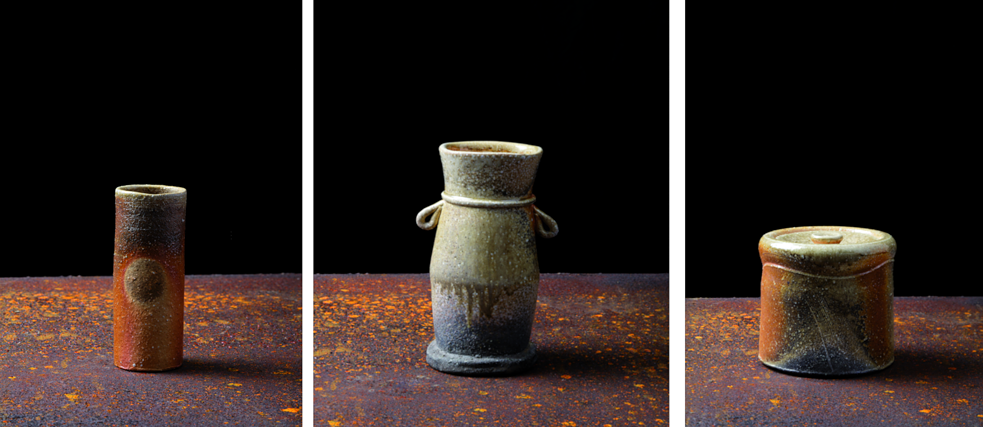
Germany has a lot to offer lovers of fine ceramics, such as the Meissen Manufactory, the Keramion Museum and Leuchtenburg Castle’s world of porcelain. None has quite the magical appeal of a small workshop in Cismar on the Baltic Sea though.
By Andreas Platthaus
Back when you could still travel the world, I visited a master potter in New Zealand, Bruce Martin, who had taken bit of Japan home with him. Now 94 years old, Martin built a traditional wood-fired kiln in which the famous Japanese tea ceramics are fired known as an anagama more than forty years ago. Such kilns are difficult to find outside of Japan, and the small, worldwide community of potters who work with them are a conspiratorial bunch. So it did not surprise me when Bruce Martin gave me a commission to carry out in Germany, handing me a book to give to fellow potter Jan Kollwitz along with his regards.
The oddity of building a kiln
A few weeks ago, when travel restrictions were lifted inside Germany at least, I made my way to Germany’s northernmost state, Schleswig-Holstein. The village of Cismar lies on the Baltic Sea coast between Lübeck and Kiel and is where Jan Kollwitz has run his workshop out of the pastorate since 1988. A master Japanese kiln builder flew is especially to build the anagama kiln behind his house. What then took place in this Holstein village is quite literally the stuff of legend today. A friend of Kollwitz, author Christoph Peters, immortalized the culture shock this Japanese-German encounter produced into a wonderful novel entitled Herr Yamashiro bevorzugt Kartoffel (Mr Yamashiro prefers potatoes). This book at the latest – and the bizarre events that took place during the construction of the anagame – spread word of Jan Kollwitz’s workshop beyond the rather small community of ceramics enthusiasts. Flying in a Japanese kiln builder was a wise move though, since this saved the still young German – Kollwitz was born in 1960 – from suffering the one-generation-older Bruce Martin’s bitter experience when the New Zealander’s homebuilt kiln had to be tweaked by a Japanese expert to work properly. Building an anagama is as much an art as successfully firing a charge in it, which takes Jan Kollwitz four days and four nights. During this time, the temperature is incrementally raised to 1300 degrees Celsius and drafts of air blow the ashes of the wood burned in the process through the huge oven chamber, where they leave the most beautiful random patterns on the vessels inside.The artistic Kollwitz gene
There are other fascinating places for ceramics lovers in Germany: the Porzellanikon in Selb in Franconia, for example, and the Keramion in Frechen in the Rhineland, the porcelain world in Leuchtenburg Castle in Thuringia and, of course, the legendary manufactory in Meissen in Saxony together with the porcelain collection in nearby Dresden. But nowhere is the world of ceramics is as large as the studio of Jan Kollwitz, and that has nothing to do with the wide skies over the Baltic Sea. It is more that a kiln like his, no matter where it is built, always brings a bit of Far Eastern culture with it. And what could we want more right now than some of the cultural exchange we have been used to all our lives and can no longer have through international travel? In Cismar, the crafting of Japanese-style pottery is the reinvigoration of a German family tradition in a sense. Jan Kollwitz is the great-grandson of famous graphic artist and sculptor Käthe Kollwitz, who captured the lives of the poor and wounded in Expressionist graphics and sculptures from the end of the 19th century until the Second World War. Her art was declared “degenerate” by the National Socialists. The artistic gene apparently went dormant in the intervening two generations between her and her great-grandson. Jan Kollwitz’s father was a doctor, who paid to build his son the anagma the master potter has used to earn his living since 1988. Jan Kollwitz’s German workshop produces vessels that can hold their own against their Japanese ideals.Rice, salt and sake to appease the kiln spirits
New Zealand is far, far away. Yet Jan Kollwitz and Bruce Martin are close in spirit – and in their unconditional commitment to their ceramic artistry. Wall-high stacks of wood surround the giant, tunnel-like kiln in the garden in Cismar. All fuel for the next firing, which is scheduled for November. First the kiln is heated to six hundred degrees with slow-burning beech wood, and only then the oven is fueled with the pine lumber common in Japan and which sometimes produces unexpected temperature peaks that could ruin the firing process. The kiln has to be fed every three minutes, which is why Kollwitz and a friend who has been a reliable helper for decades divvy up the four days and nights in alternating shifts. Once the actual firing phase is over, the stove has to cool down again, which takes longer than the firing itself. The friend takes off against, as he’s not particularly interested in seeing the final results. “He just loves making fires,” Kollwitz says.A stroll through the pastorate filled with magnificent ceramics featured on waist-high cupboards specially made with authentic Japanese flair, can leave you feeling sorry for the uninquisitive friend. The brightly polished German wooden parquet floor harmonizes beautifully with the tatami mats: “The puritanical austerity of the Protestant parsonage is just right for the Japanese tea ceremony,” says Kollwitz. He has truly brought Japan to the shores of the Baltic Sea. And his loyalty to the foreign traditions goes far enough to include three small bowls perched on top of the kiln and regularly filled with rice, salt and sake – as tributes to the kiln spirits. “You’ve sacrificed very little,” the Japanese kiln builder told him at the time, “if the spirits do not exist. But it is better to appease them in case they do.” Kollwitz laughs: “If you look into the white-hot kiln during the firing process and then take out the magnificent pieces once it has cooled down, it is hard not to believe in kiln spirits.” The Cismar pastorate offers space for the supernatural alongside the earthly sensuality of ceramics.
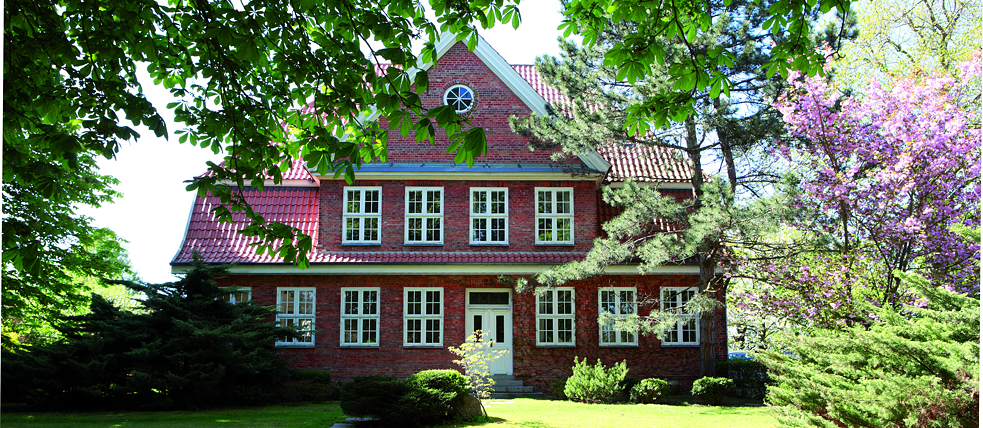
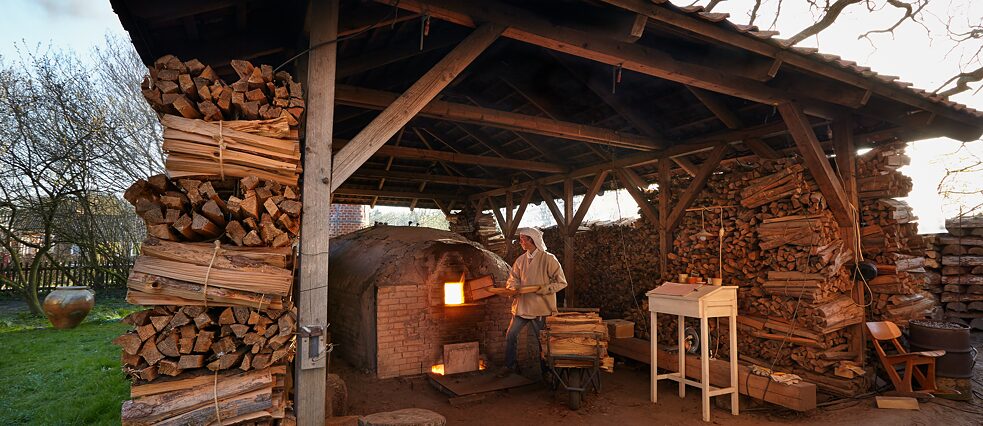
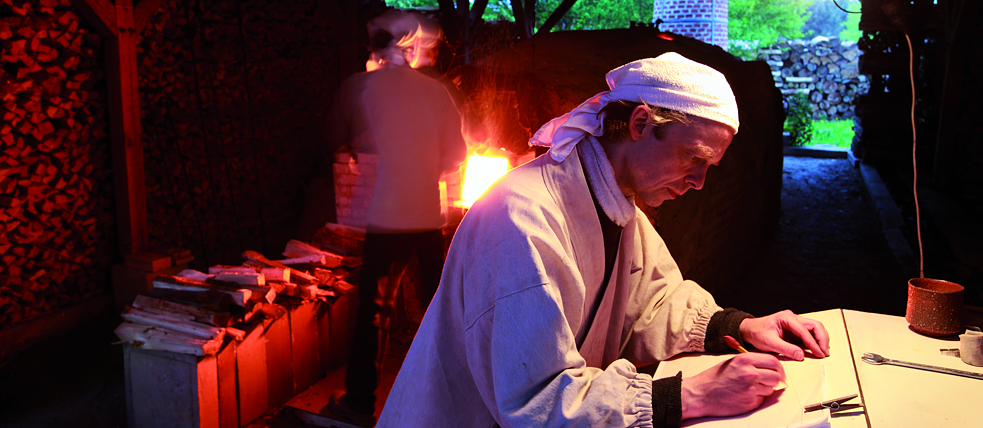
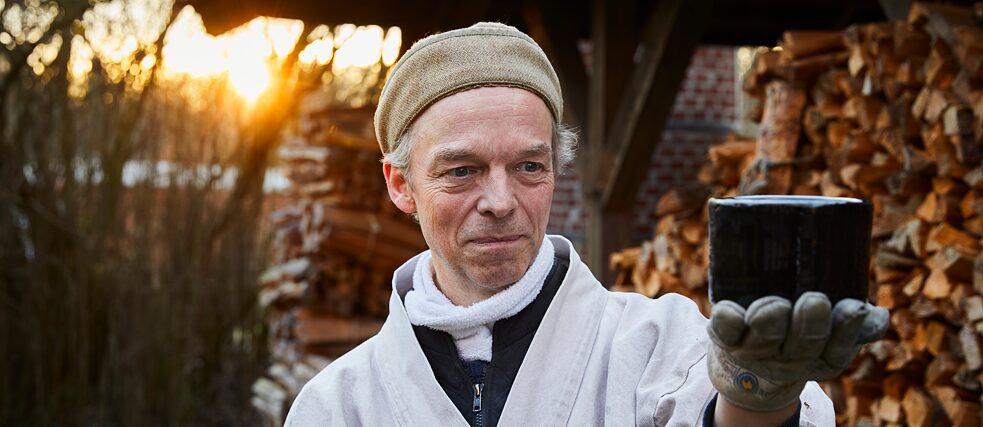
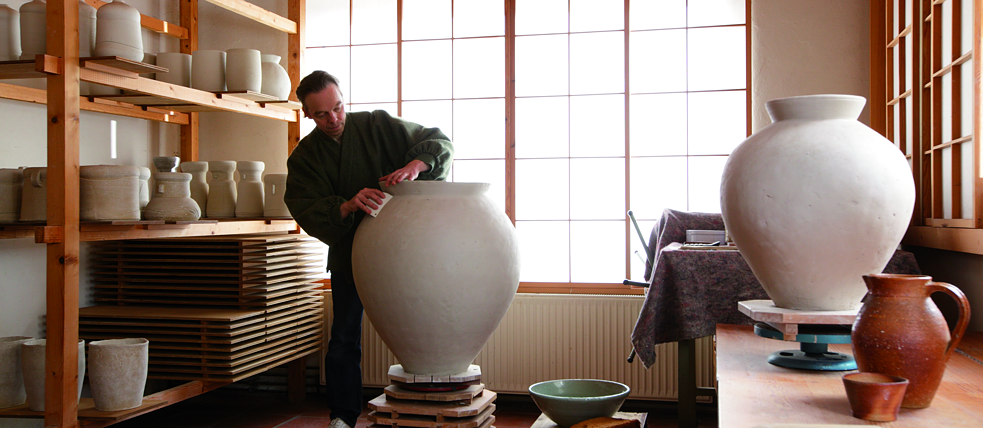
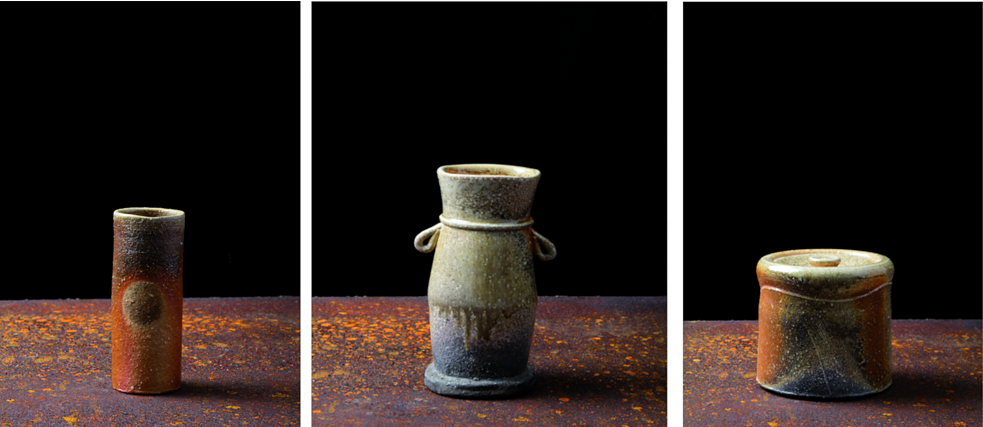
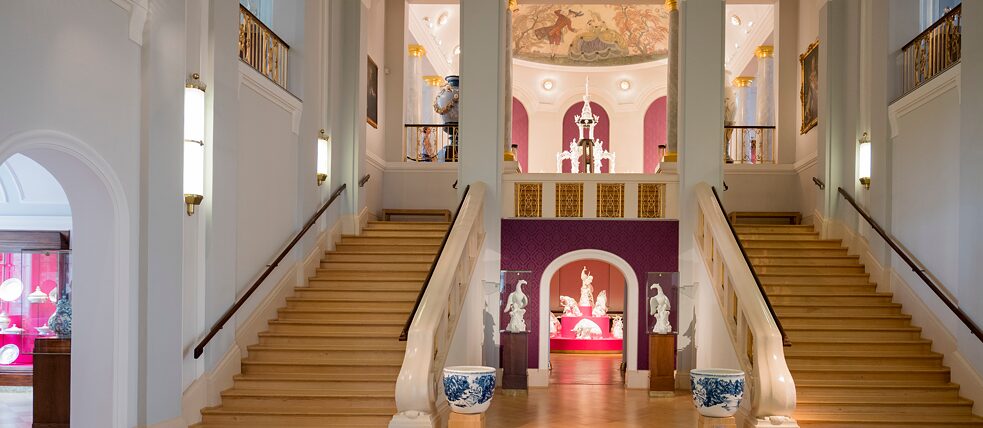
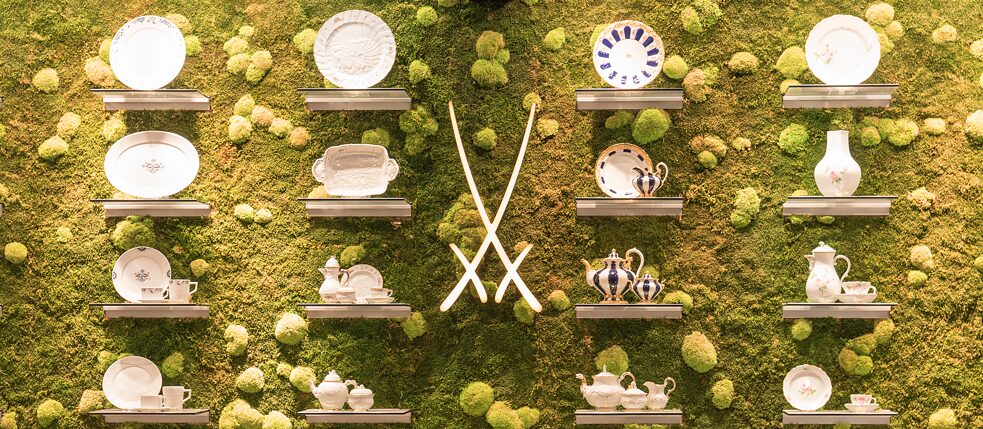
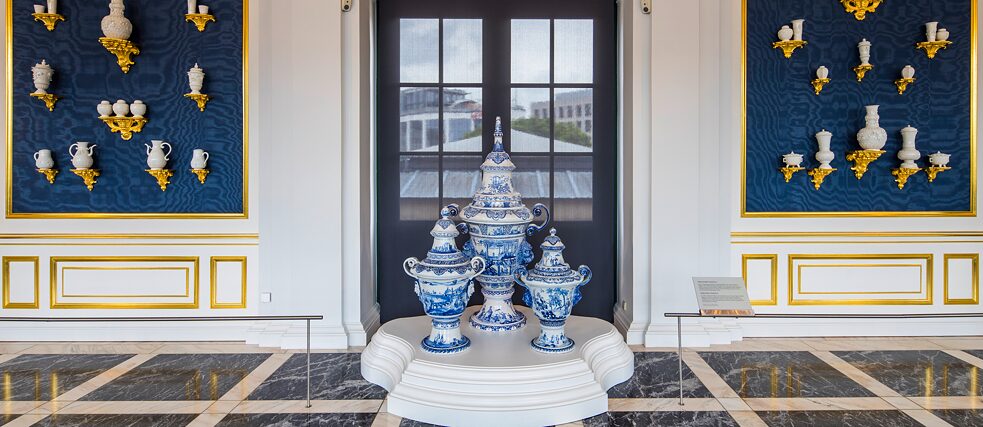
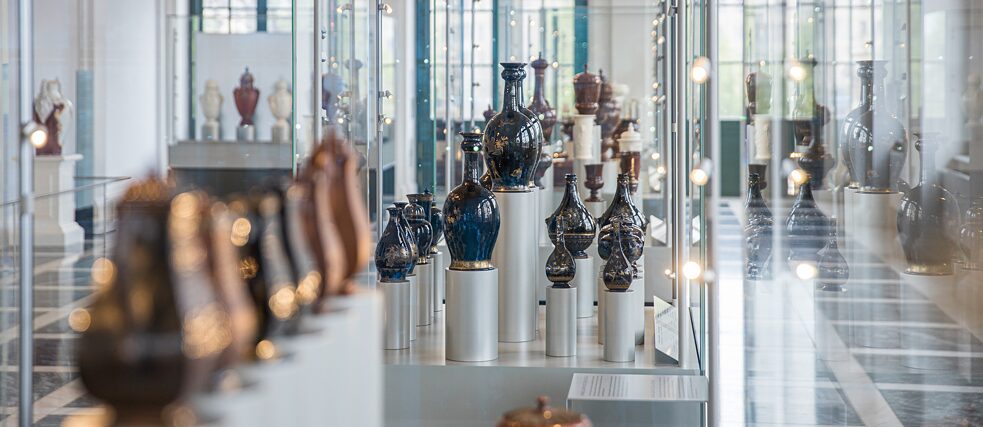
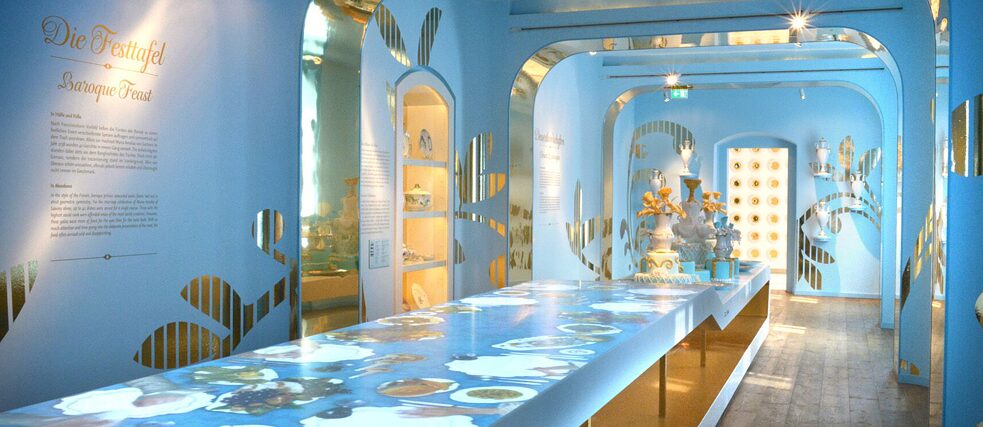
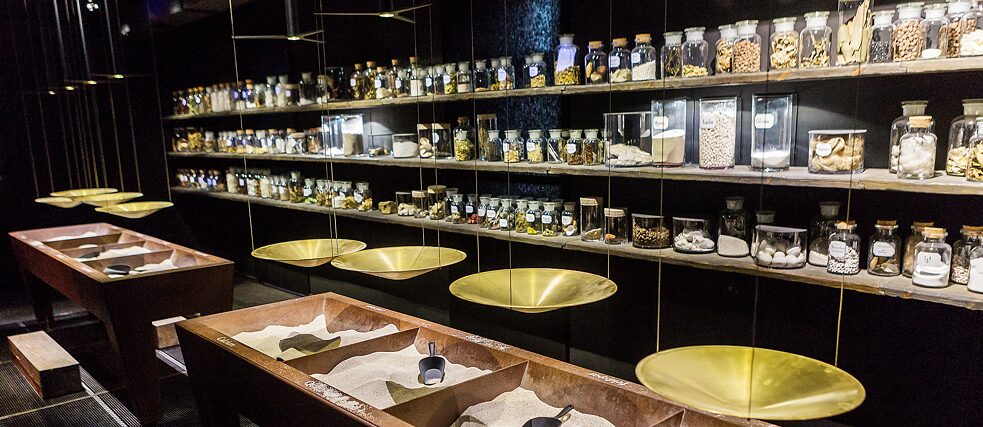
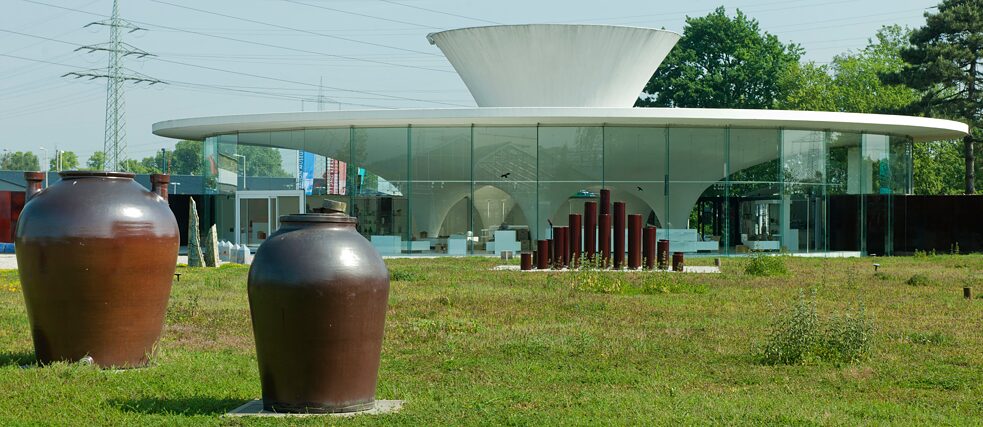
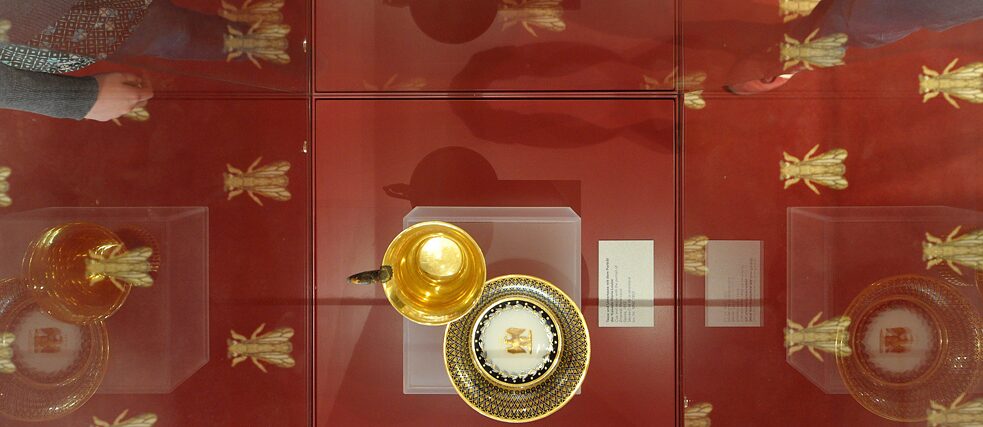
Comments
Comment